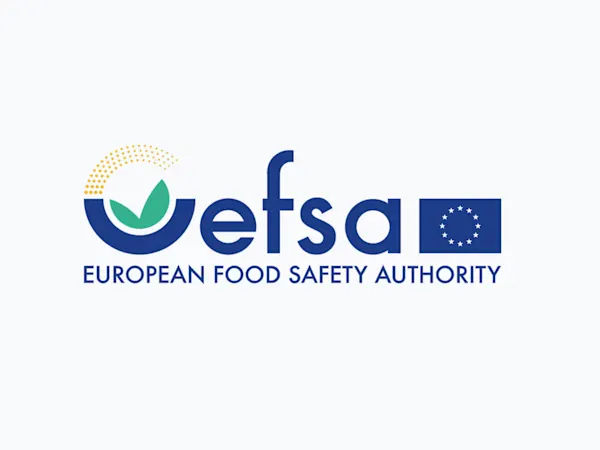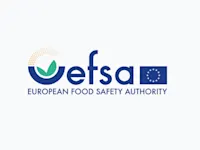
EFSA Seeks Feedback on Overhaul of Weight of Evidence and Biological Relevance Guidance
EFSA launches consultation on updating its Weight of Evidence and Biological Relevance guidance, aiming to streamline chemical risk assessment practices.


The Scientific Committee on Consumer Safety (SCCS) of the European Commission has released its latest findings on the safety of the hair dye ingredient HC Yellow No. 16, also known by its chemical name 2-chloro-4-[(1E)-(1-methyl-1H-pyrazol-5-yl)diazenyl]-phenol (CAS No. 1184721-10-5). The report, adopted on 31 July 2024, concludes that HC Yellow No. 16 is safe for use in both oxidative and non-oxidative hair dye formulations under specified conditions.
The SCCS, an independent body providing scientific advice to the European Commission, evaluates the safety of non-food consumer products, including cosmetics. The committee's recent assessment focused on HC Yellow No. 16, a colourant widely used in hair dye formulations due to its vibrant yellow hue and stability in various chemical environments.
The ingredient first came under review in 2015 when the European Commission received a dossier from the cosmetics industry seeking approval for HC Yellow No. 16 in hair dyes. The initial SCCS opinion, issued later that year, conditionally approved its use, highlighting concerns about the purity and impurity profiles of the batches tested. The committee requested further data to ensure that the ingredient met stringent safety standards, particularly regarding impurity levels and their potential health impacts.
In February 2024, the industry submitted additional data addressing these concerns, prompting the SCCS to re-evaluate the ingredient's safety based on new commercial batches produced with improved manufacturing processes.
The impurity analysis of the new batches of HC Yellow No. 16 showed significant improvements. The main impurity levels detected were:
The concentrations of these impurities were found to be well below the levels of concern, with systemic exposure doses (SED) calculated at a maximum of 0.09 µg/person/day under non-oxidative conditions and 0.04 µg/person/day under oxidative conditions. These values are substantially lower than the TTC threshold of 90 µg/person/day, confirming their safety.
The stability of HC Yellow No. 16 in the presence of alkaline peroxide was evaluated to simulate typical conditions in oxidative hair dye applications. The results indicated that HC Yellow No. 16 maintains its integrity and does not degrade into harmful by-products over a standard application period. This stability is crucial for ensuring consistent performance and safety in cosmetic products.
The SCCS’s latest scientific advice reinforces the safe use of HC Yellow No. 16 in hair dye products, provided that manufacturers adhere to the specified concentration limits. This decision provides reassurance to both consumers and manufacturers regarding the continued use of this ingredient in cosmetic formulations.
The committee's rigorous assessment process, which included comprehensive chemical and toxicological evaluations, underscores the European Commission's commitment to consumer safety and public health. By ensuring that cosmetic ingredients meet high safety standards, the SCCS helps protect consumers from potential risks associated with cosmetic products.
The SCCS is part of the European Commission's efforts to ensure consumer safety, public health, and environmental protection. The committee comprises independent scientific experts who provide opinions on the safety of non-food consumer products. These opinions inform regulatory policies and ensure that products on the market are safe for consumers.
In addition to the SCCS, the European Commission relies on the expertise of other scientific bodies, such as the European Food Safety Authority (EFSA), the European Medicines Agency (EMA), and the European Chemicals Agency (ECHA), to safeguard public health and safety.
Foresight continuously tracks 1000s of sources and maps updates to your portfolio:




EFSA launches consultation on updating its Weight of Evidence and Biological Relevance guidance, aiming to streamline chemical risk assessment practices.

Germany's CONMAR-Impact study sets new environmental quality standards for TNT in marine ecosystems, raising industry-wide compliance questions.

EU Member States urge the Commission to accelerate the REACH revision, citing urgent health, environmental, and industry competitiveness needs.
Subscribe to Foresight Weekly and get the latest insights on regulatory changes affecting chemical compliance.
Free forever. Unsubscribe anytime.
Read by professionals at